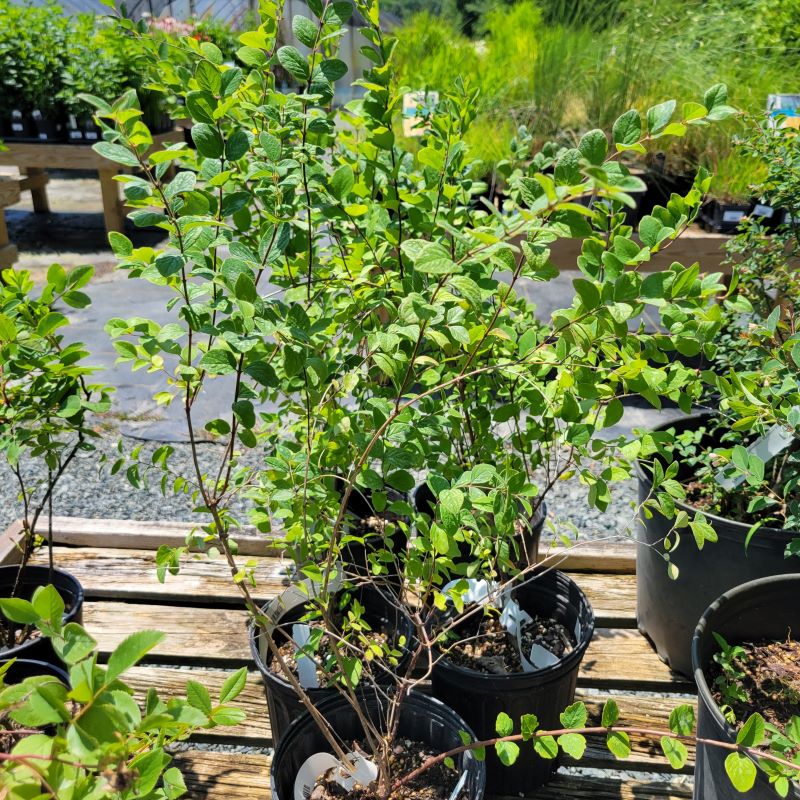
Symphoricarpos orbiculatus (Coralberry) Unity Grown
- Low stock - 5 items left
- Inventory on the way
Symphoricarpos orbiculatus, commonly known as coralberry, is a small, mounded shrub native to the eastern half of the United States, as far northeast as Vermont and as far southwest as Texas. Growing to only about 2-4' tall and lightly wider, though occasionally up to 6' tall and wide, coralberry is known and well regarded for its showy spring flowers and summer and fall berries. In the spring, coralberry produces a profusion of greenish-white to pinkish-white flowers in small clusters along the stem; though these blooms are somewhat eye-catching they are nothing compared to the plant's showier berries. After flowers are pollinated, soft candy-pink berries begin to form along the branches in great numbers, before turning to vibrant, fuchsia fruits as the summer wears on.
Commonly found in wooded lowland environments, Symphoricarpos orbiculatus can form dense, colonial thickets overtime, spreading by re-rooting when low-hanging branches touch the soil. These thickets make coralberry an excellent choice for naturalized borders in forest gardens, where their structure provides shelter to a variety of birds and other wildlife, and it can show its full ecological appeal to pollinators and moth hosts. Although its natural habitat in low-lying forest areas may imply otherwise, Symphoricarpos orbiculatus thrives in full sun or partial shade, and grows best in average, medium-dry soils, though it also tolerates heat, drought, compacted clay soils, and even poor and rocky soils.

